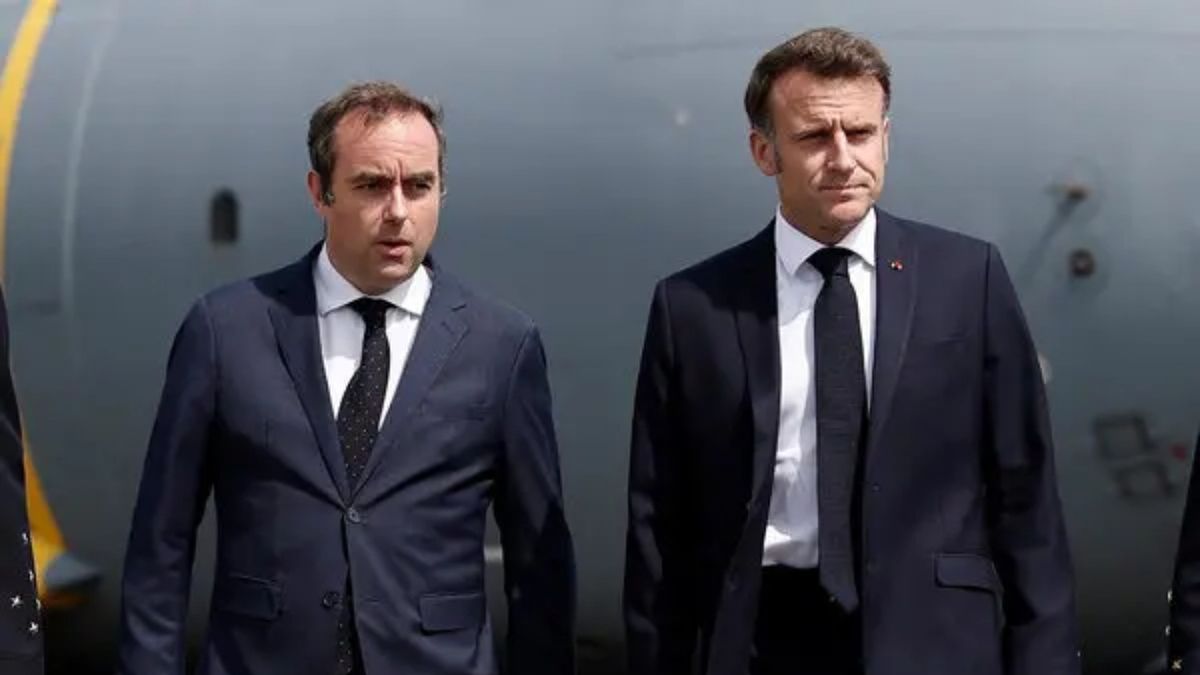“Reducing inflation is likely to require a sustained period of below-trend growth. In addition, labor market conditions are very likely to weaken. While higher interest rates, slower growth and weaker labor market conditions will reduce inflation, they will also cause some pain for households and businessesPowell said in remarks prepared for his speech at the central banking conference in Jackson Hole, Wyoming.
“These are the unfortunate costs of reducing inflation. But a failure to restore price stability would mean much greater pain,” he added.
In this framework, the official continues to manage the longer-term expectations regarding how high the Fed thinks rates may have to go, how long they’ll have to stay there, and how the Fed might react if the economy weakens more than expected. But there is also a shorter-term focus on what the entity will do when it meets in just under four weeks.
The authorities of the Federal Reserve did not comment on the magnitude of the increase in interest rates that they will approve at its meeting on September 20 and 21but kept insisting that they will rise and stay high until inflation is brought under control.
1.jpg
Jerome Powell, head of the Federal Reserve.
Fed policy could cause unemployment to rise and is starting to curb household and business spendingthe president of the entity in Kansas City, Esther George, said on CNBC, although she assured that the US central bank will not shy away from following a more restrictive policy.
George said it remains “too early to say” whether a half or three-quarter point rate hike would be most appropriate at the September meeting.
It should be remembered that the US central bank has raised rates at each of its meetings since March and the federal funds rate is currently in a range between 2.25% and 2.5%. The last two increases were three-quarters of a point and the monetary authorities must now decide whether to maintain that rate or reduce it.
Meanwhile, Philadelphia Federal Reserve President Patrick Harker said Friday that he believes the US central bank can reduce inflation without triggering a deep recession and high unemployment.
“We don’t want to do this in a way that crushes the job market right now,” Harker told Bloomberg TV from Jackson Hole, Wyoming, where Fed officials are meeting for a conference. “If there’s a recession, it would be shallow.“, he added.
In that framework, the president of the Atlanta Federal Reserve, Raphael Bostic, said on Thursday that, since Friday’s data shows that US inflation is slowing, he is “inclined” to support an increase in the interest rate. 50 basis points in September, on the way to a monetary policy rate of 3.5%-3.75% by the end of the year.
Once rates are at that “constraining” level, you would feel comfortable keeping them there for a while to allow inflation to get closer to the Fed’s 2% target.Bostic told CNBC in an interview on the sidelines of the Jackson Hole central bankers conference.
Inflation fell in the US
US consumer spending barely increased in July, but inflation fell sharply, which could give the Federal Reserve room to taper its aggressive interest rate hikes.
Consumer spending, which accounts for more than two-thirds of US economic activity, rose 0.1% last month.the Commerce Department said Friday. June data was revised down slightly to show disbursements increased by 1.0% instead of the 1.1% previously reported.
Economists polled by Reuters had forecast consumer spending rising 0.4%.
The national average price of gasoline fell to about $4.27 a gallon in the last week of July after hitting an all-time high of just over $5 in mid-June, according to data from motorist advocacy group AAA. That probably freed up money to spend on other products.
Prices for clothing and services such as air travel and hotel and motel accommodation also fell in July, curbing inflation.
A subdued pace of consumer spending in the second quarter helped mitigate the drag on the economy from a sharp slowdown in inventory builds caused by supply chain bottlenecks. Gross Domestic Product contracted at an annualized rate of 0.6% last quarter after contracting at a 1.6% pace in the January-March period.
However, the economy is not in recession. When measured from the income side, the economy grew at a 1.4% pace, slowing from the 1.8% rate in the January-March quarter, the government reported on Thursday.
Downside risks remain as the Federal Reserve aggressively tightens monetary policy to control inflation. But there is cautious optimism that the central bank could slow the pace of its rate hikes if inflation continues to moderate.
The personal consumption expenditures (PCE) price index fell 0.1% last month after rising 1.0% in June. In the 12 months to July, the PCE price index rose 6.3%. The PCE price index soared 6.8% year-on-year in June.
Fed officials are closely watching the PCE price indices in addition to the consumer price index. Although oil prices fell sharply, rental costs remained high, making some economists hesitant to declare that inflation has peaked.
Source: Ambito
David William is a talented author who has made a name for himself in the world of writing. He is a professional author who writes on a wide range of topics, from general interest to opinion news. David is currently working as a writer at 24 hours worlds where he brings his unique perspective and in-depth research to his articles, making them both informative and engaging.




